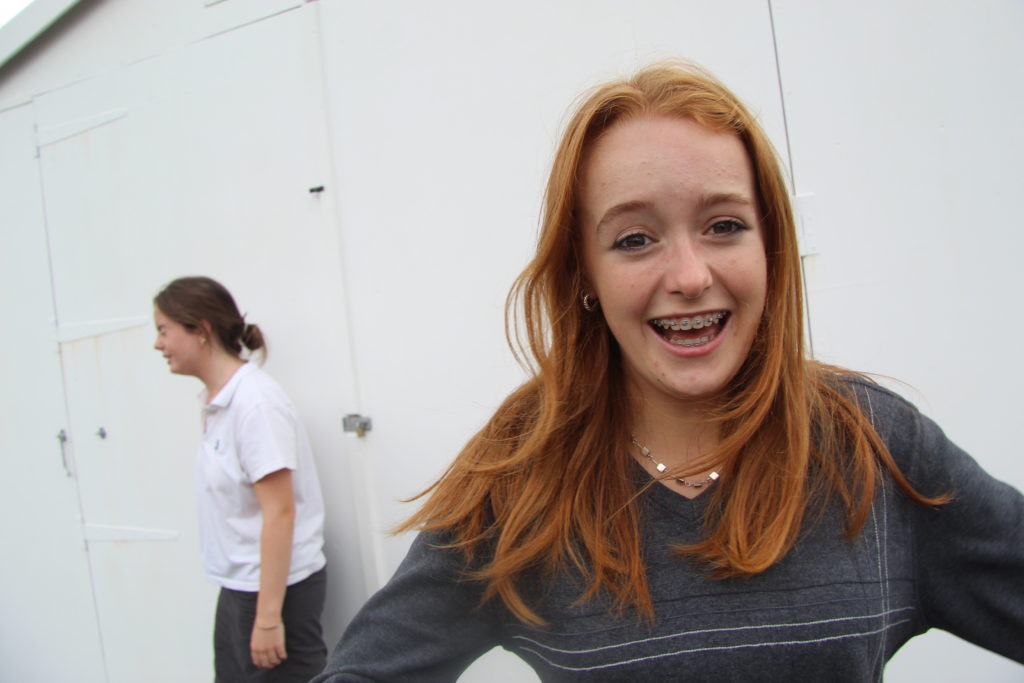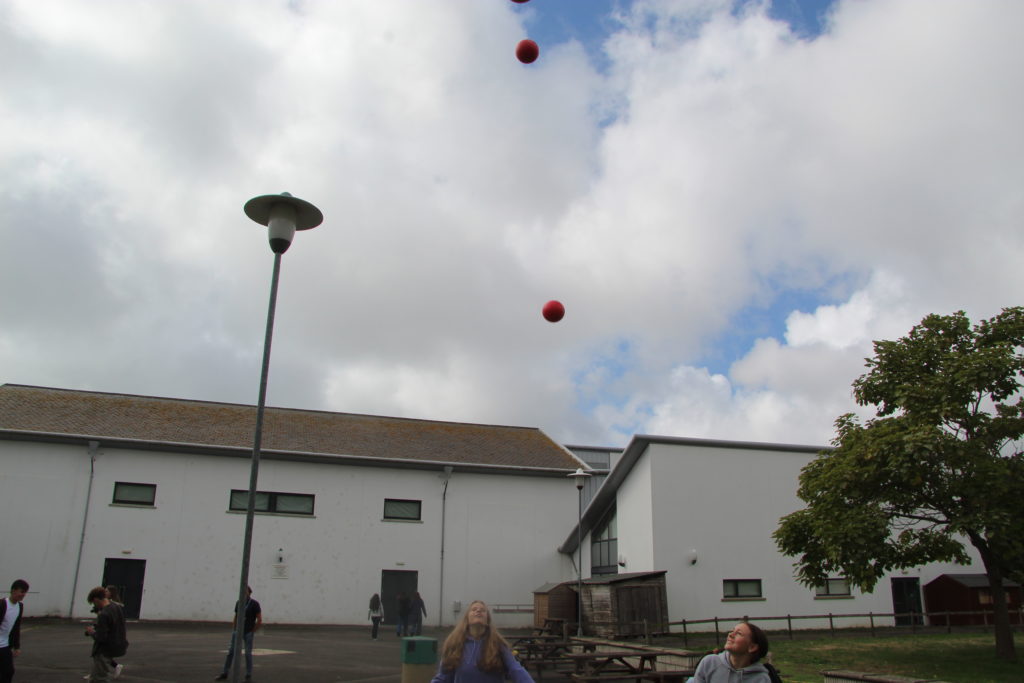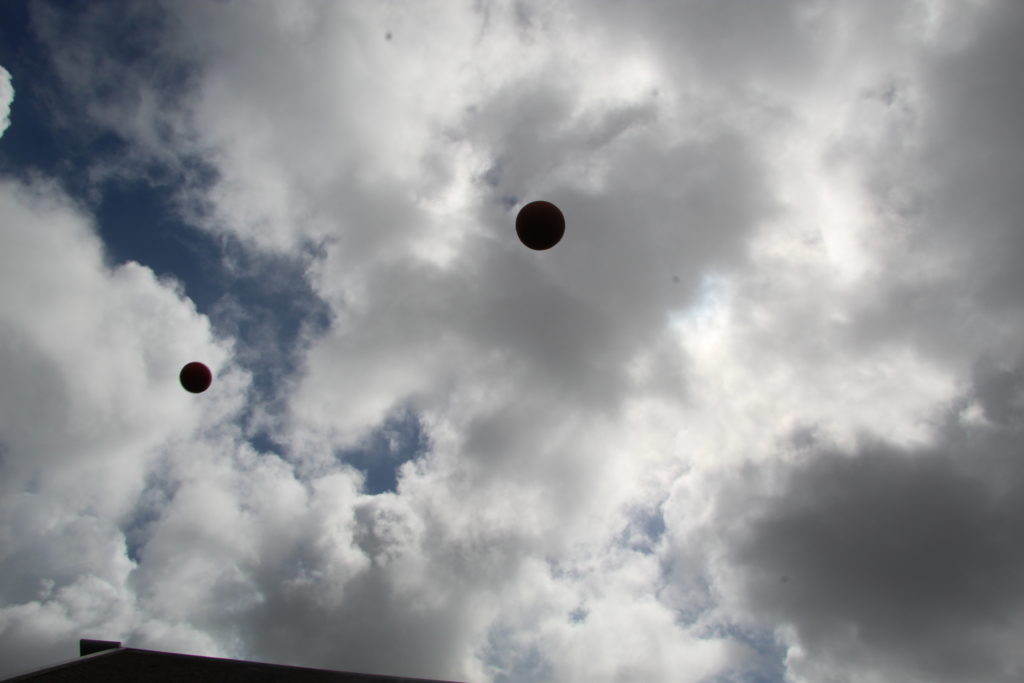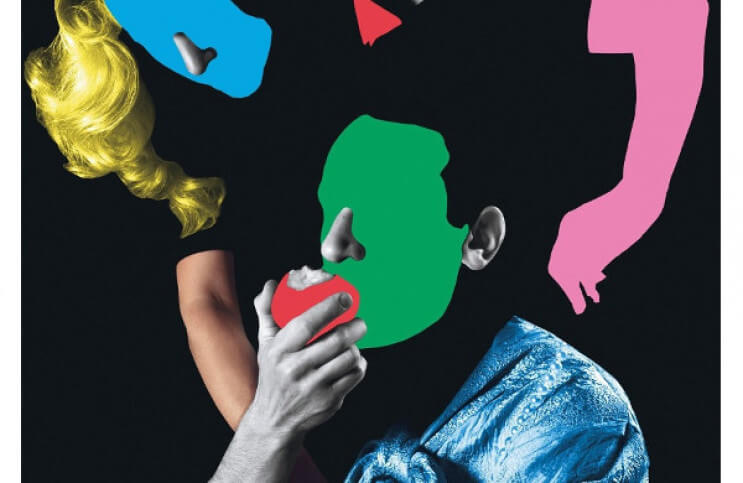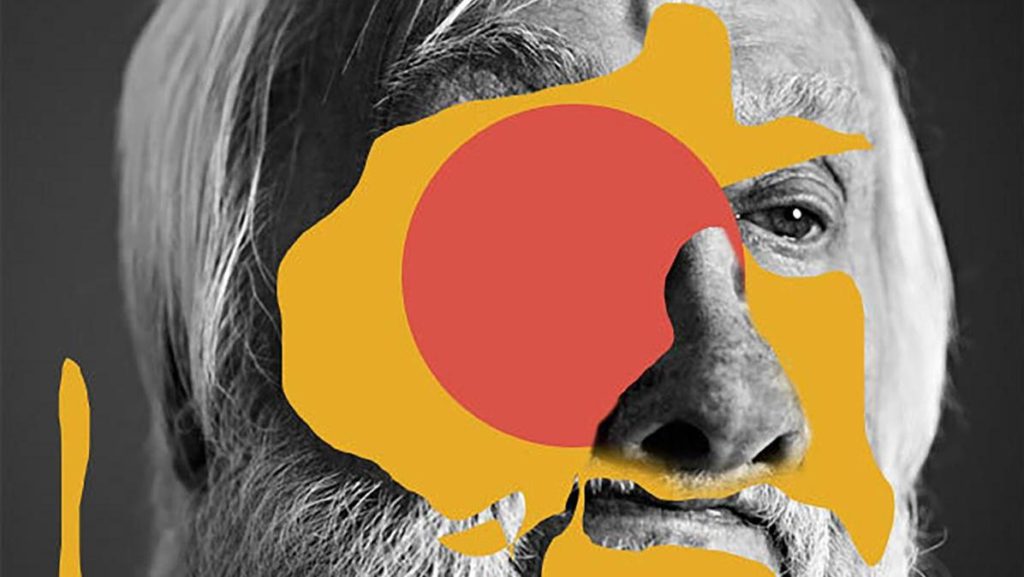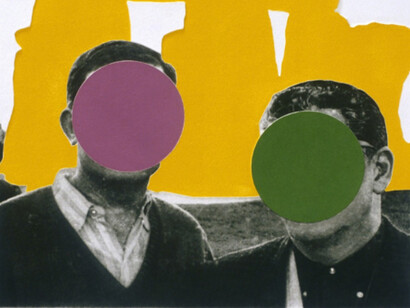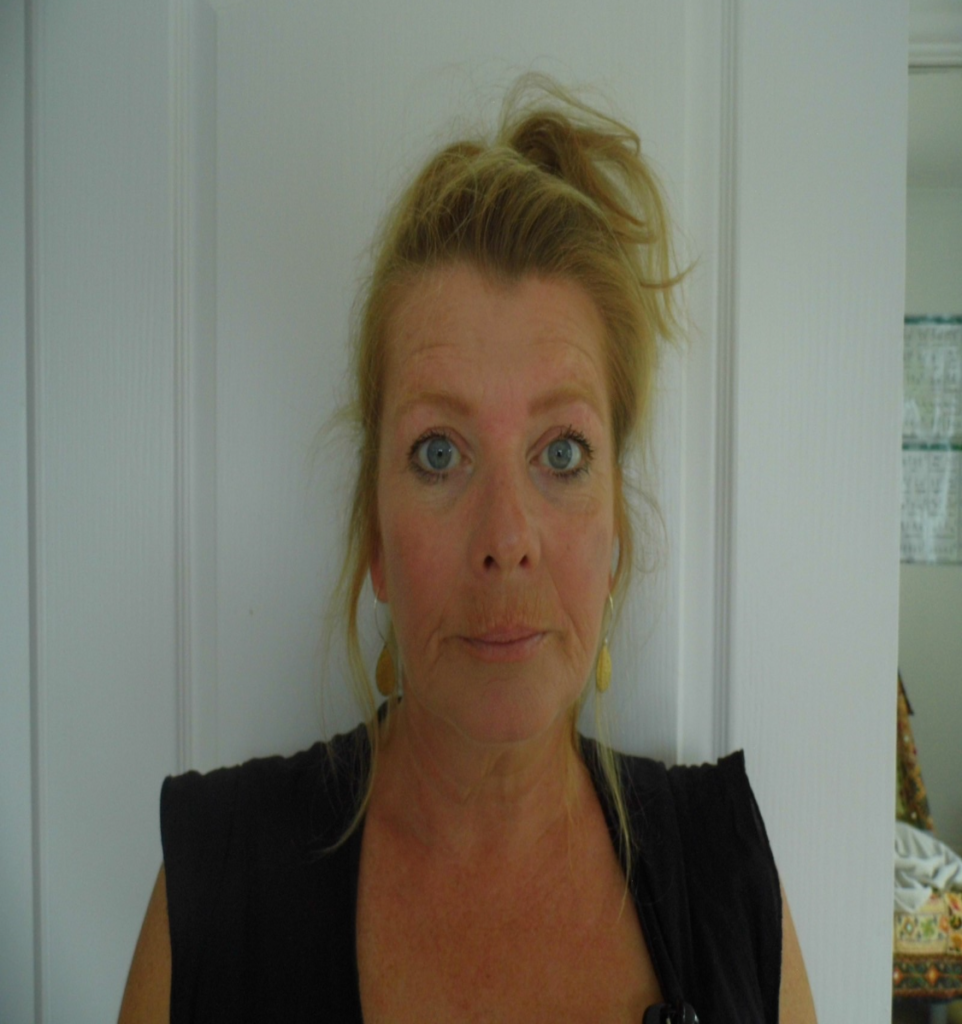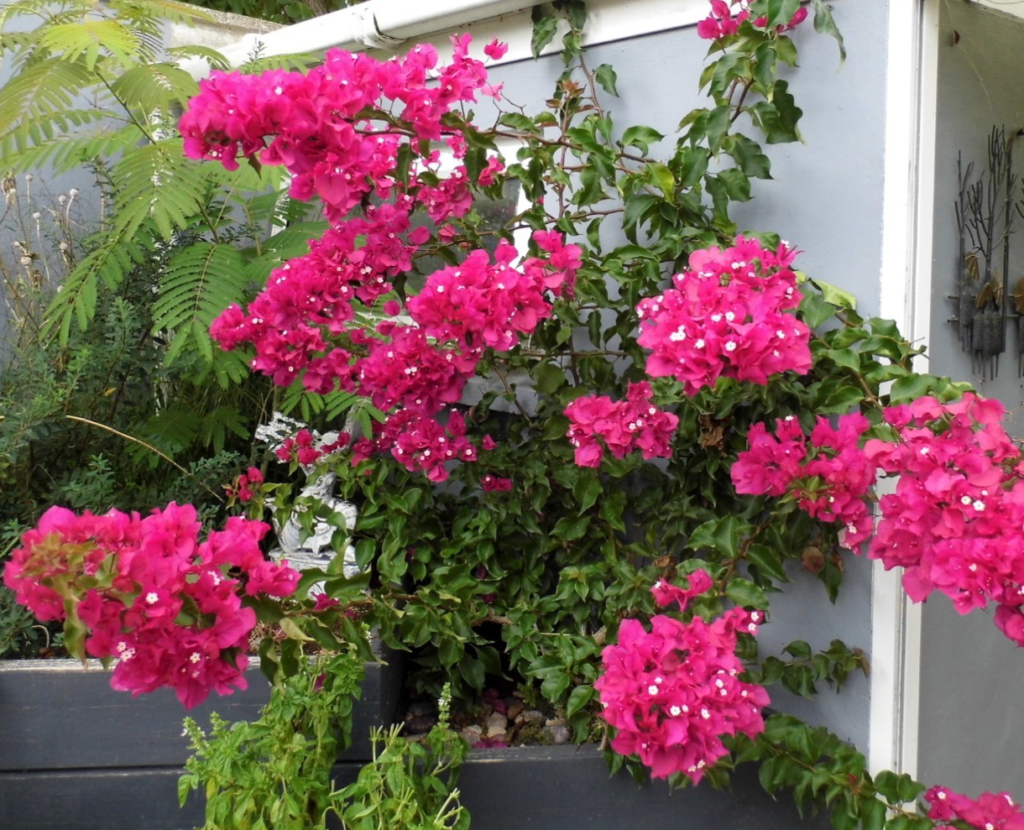Shutter speed is the speed at which the shutter of the camera closes. A fast shutter speed creates a shorter exposure with the amount of light the camera takes in and a slow shutter speed gives the photographer a longer exposure.
We tested this by throwing balls up in the air in a straight line and trying to capture them before they fall. We also tested this by one person pretending to fight the camera while the photographer tries their best following the person and trying to capture their movements.


these are the images I used to test the shutter speed -
in this image you can see that it was taken with a low shutter speed so that the image was less defined and the image is blurred
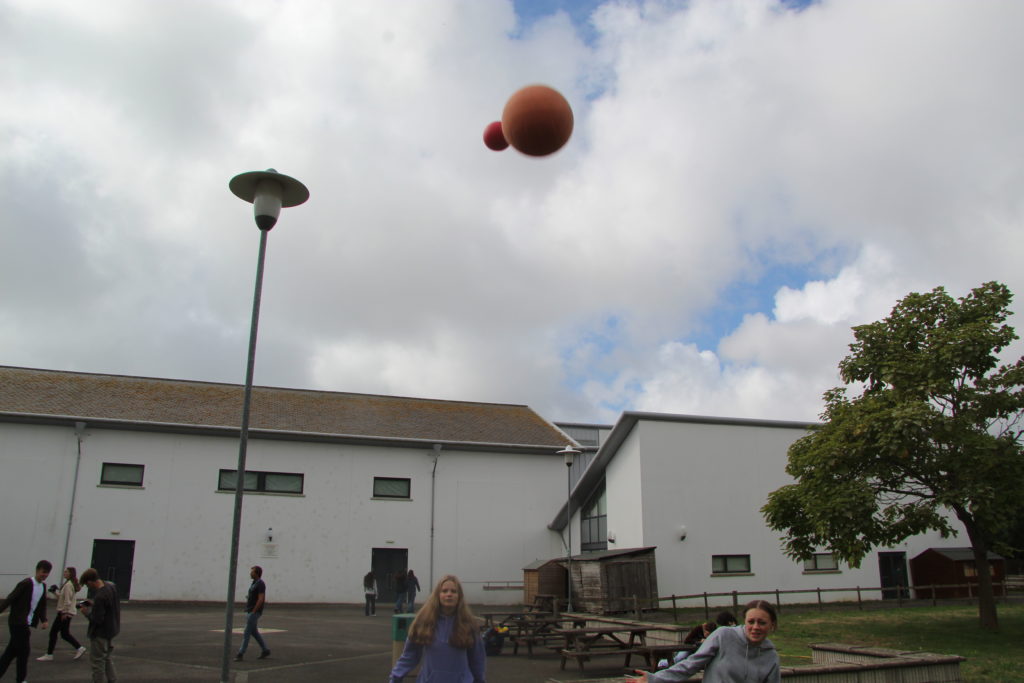
John Baldessaris work
For the ball photoshoot we where inspired by John Baldessari. Baldessari threw three balls at the same time, trying to line them up whilst in the air, while he got someone to take pictures of it. Although he attempted to make the photos identical, no two photographs are the same due to the differences in his technique and being unable to control the weather. Out of 36 attempts he only considered 12 of them successful. to create these images Baldessari used a high shutter speed to make sure that the images came out clear and unblurry.




